Discover Loire Valley Wines: 10 Must-Know Appellations
In its latest study, the SOWINE agency ranked the most popular French wine regions. The Loire Valley only came in 7th place among beginners, yet this iconic vineyard, France’s most diverse, boasts outstanding appellations and exceptional wines. The Loire offers many advantages and opportunities for owning a vineyard, making it one of France’s most promising wine-growing areas.
The Loire Valley vineyard brings together 51 appellations and 6 IGPs, spread across 57,000 hectares and five winegrowing regions.
Loire wines embody much more than terroir: they carry with them a history, a heritage, and the passion of men and women who dedicate their lives to winemaking.
Each bottle tells their story, infused with authenticity and a love of the craft.
Today, we invite you to explore 10 emblematic appellations of the Loire Valley to better understand and appreciate this remarkable region and its wines.s.
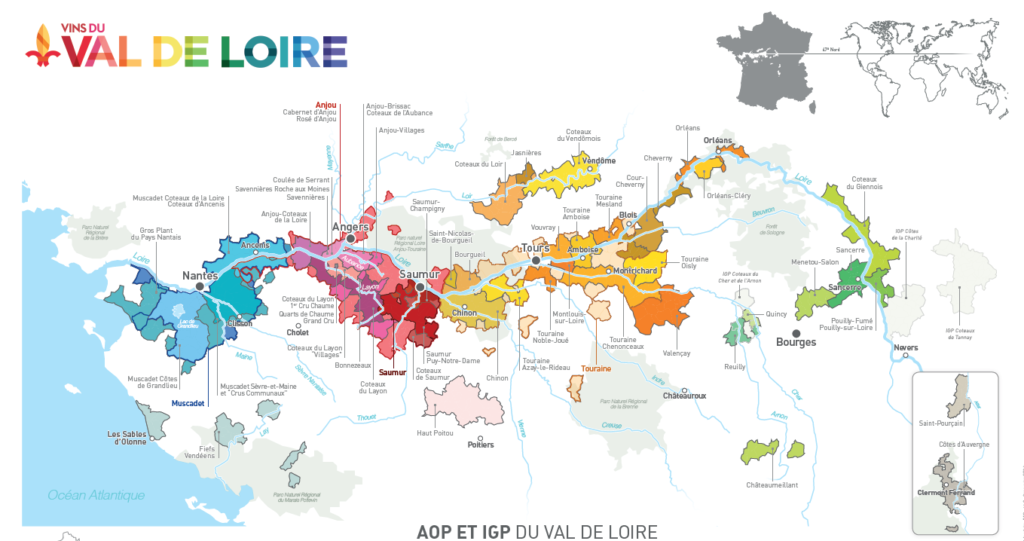
1. DCG du Muscadet
Wine style: dry white
Grape variety: Melon de Bourgogne
Appellation aera: 10 communes of the Muscadet région: Clisson, Gorges, Le Pallet, Goulaine, Château-Thébaud, Mouzillon-Tillieres, Monnières Saint Fiacre, La Haye Fouassière, Vallet, Champtoceaux.
200 hectares
100 producers
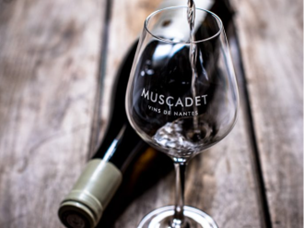
The DCG designation (Dénomination Géographique Complémentaire) is awarded to Muscadet wines that have been meticulously selected through geological, technical, and sensory analyses.
Producing a Muscadet DCG requires adherence to a strict set of guidelines and a minimum of 18 months of ageing on the lees.
Each DCG highlights the complexity of its terroir and expresses a truly distinct personality.
Today, the Muscadet DCGs represent the top tier of Muscadet wines, showcasing the excellence of the Melon de Bourgogne grape and the region’s unique winemaking tradition..
Ampelio recommends fr
Matthieu Bodin has recently taken over the Domaine des Chaussellières, now renamed “Les Quatre Journaux.” The estate includes parcels classified under the DCG Le Pallet.
2. Savennières
Wine style: Dry white
Grape variety: Chenin Blanc
Appellation aera: Savennières, Bouchemaine et la Possonnière
140 hectares
37 producers
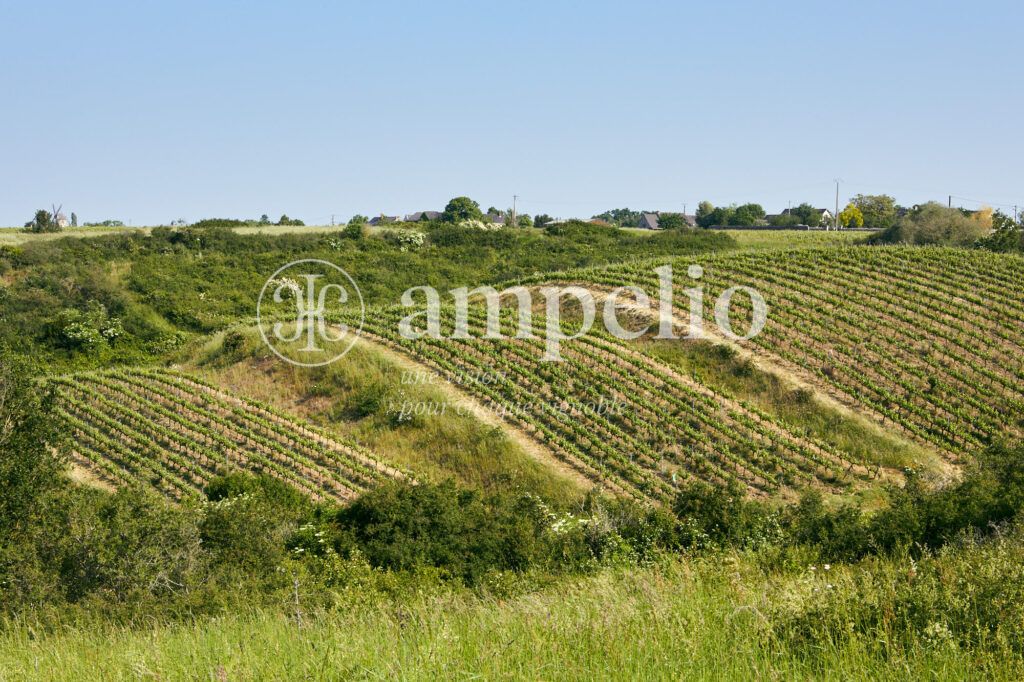
Savennières is one of the Loire Valley’s most prestigious appellations.
Nestled on the schist slopes overlooking the Loire, this small vineyard produces dry white wines of remarkable depth and longevity.
Made exclusively from Chenin Blanc, Savennières wines are known for their power, minerality, and complexity.
With age, they develop an extraordinary aromatic palette, ranging from citrus and white flowers to honey, quince, and dried fruits.
This appellation is cherished by wine lovers around the world for its ability to combine authentic expression of terroir with exceptional ageing potential.
Ampelio recommends
Young winemaker Ludovic Payen has recently taken over an estate in Chaudefonds-sur-Layon, now known as Domaine Payen.
3. Coteaux du Layon
Wine style: Sweet white
Grape variety: Chenin Blanc
Appellation aera: Along the Layon river, a tributary of the Loire
1455 hectares
300 producers
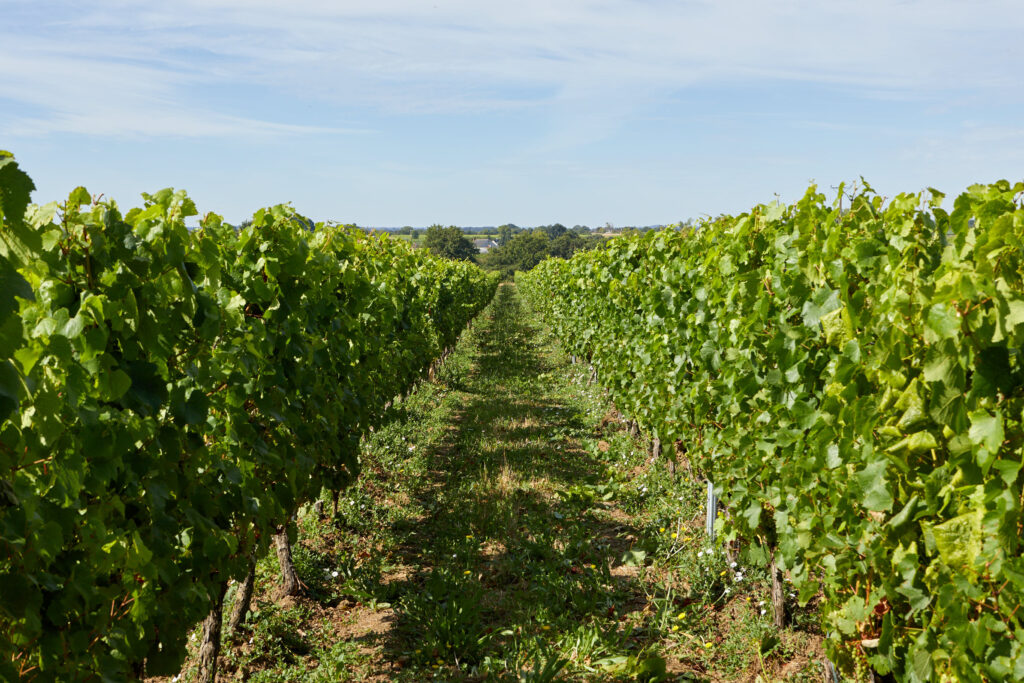
Another jewel of Anjou made from Chenin Blanc, Coteaux du Layon produces sweet to lusciously sweet white wines.
These wines are famous for their aromatic richness, dominated by candied citrus, quince, and honey, often enhanced with subtle spicy notes of saffron and ginger.
The sun-exposed and sheltered slopes of the Layon provide the perfect conditions for the development of noble rot, which concentrates both sugars and flavors, giving the wines their unique character.
With ageing, Coteaux du Layon wines gain in complexity and intensity, offering a beautifully layered tasting experience.
Ampelio recommends
We have supported two young couples in taking over wine estates in Anjou:
4. Saumur Champigny
Wine style: Red
Grape varieties: Cabernet franc, cabernet sauvignon, pineau d’aunis
Appellation aera: 9 communes around Saumur, on the south-facing slopes between the Loire and the Thouet
1550 hectares
130 producers
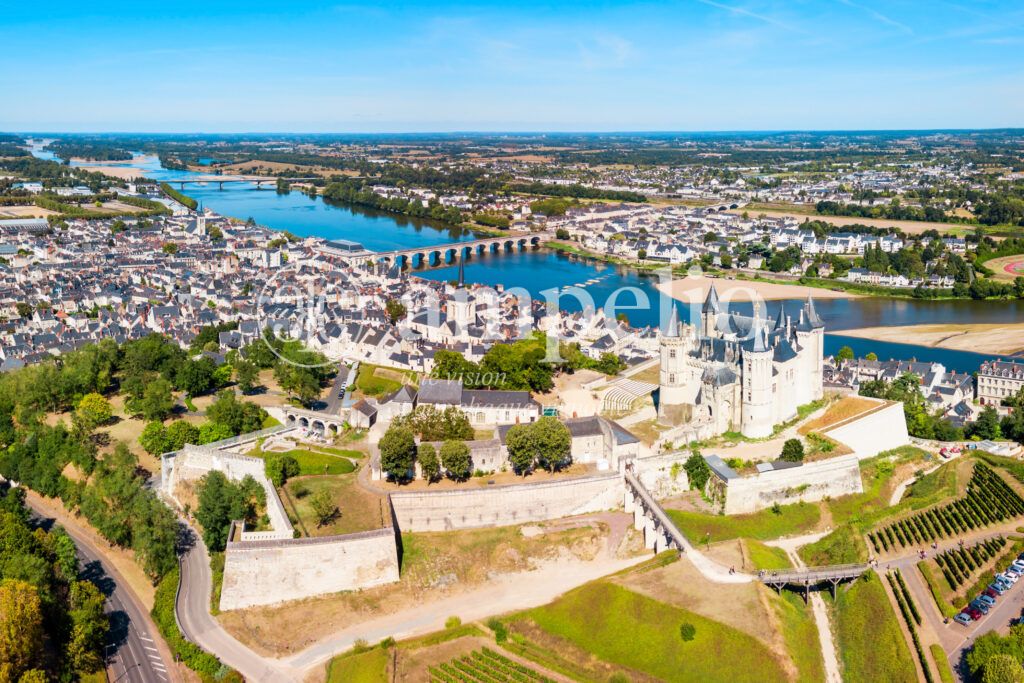
Saumur-Champigny belongs to the broader Saumur AOC, yet stands out thanks to its soils rich in sand, gravel, and clay, which give the wines a distinctive personality.
A true wine of character, Saumur-Champigny is recognizable by its deep garnet-red color and its expressive aromas of raspberry, cherry, and violet.
Like all great wines, it reveals its full complexity and depth after a few years of ageing.
This appellation can be produced from Cabernet Franc, Cabernet Sauvignon, and Pineau d’Aunis, highlighting the Loire Valley’s tradition of elegant and structured red wines.
Ampelio recommends
The Saumur Champigny from Domaine des Closiers.
5. Chinon
Wine styles: White, Red, and Rosé
Grape varieties: Chenin, cabernet franc, sauvignon
Appellation aera: On both banks of the Vienne River, near the town of Chinon
2 350 hectares
200 producers
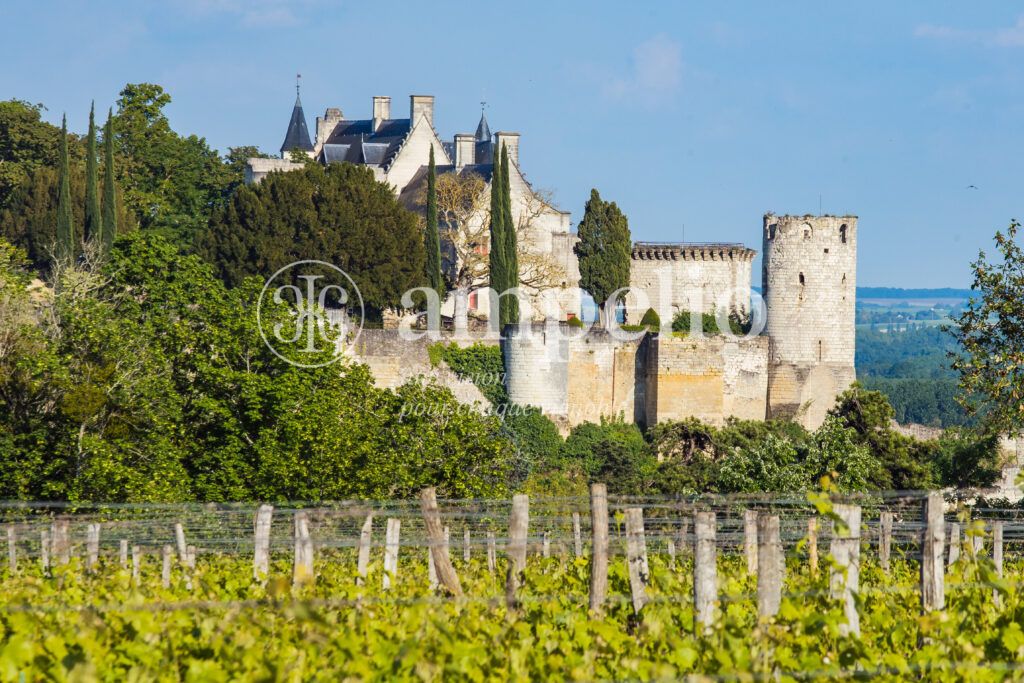
When we think of Chinon, our minds go immediately to its red wines—at once refined and powerful, with their deep, elegant color.
The soils, composed of sand and gravel or clay and limestone, give these wines their structure and strength, building the reputation that Chinon enjoys today.
Chinon reds are loved for their firm tannic structure and aromas of red and black fruits, which with age evolve into complex notes of leather and tobacco.
Less well-known but well worth discovering, Chinon rosés (10% of production) and Chinon whites (4% of production) are fresh, fruity, and delightfully crisp on the palate.
Ampelio recommends
Domaine Jaulin-Plaisantin, whose transmission we had the privilege to support.
6. Touraine Chenonceaux
Wine styles: Dry White and Red
Grape varieties: Sauvignon Blanc, Cabernet Franc, Côt
Appellation aera: Hillsides along the Cher River, in Touraine
130 hectares
50 producers
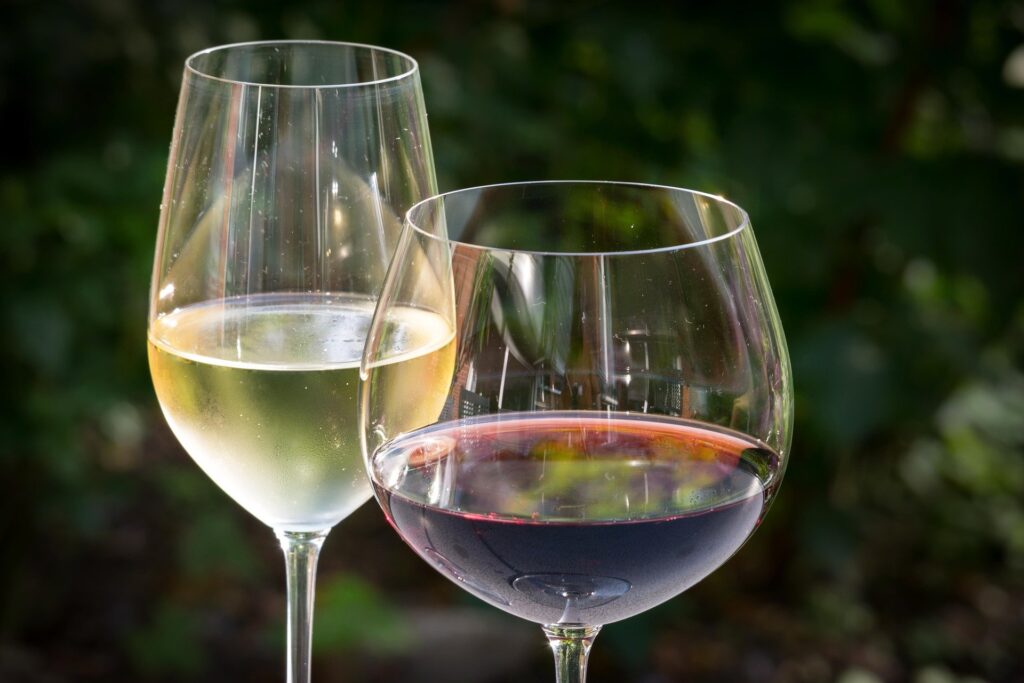
This appellation is produced 78% in white and 22% in red, yet whichever style you choose, you will always find the distinctive character and quality of the Touraine terroir.
The white wines, made from Sauvignon Blanc, are marked by their freshness and aromatic finesse, while the reds, crafted from Côt and Cabernet Franc, offer structure and depth.
Across both styles, Touraine Chenonceaux wines share a common identity: fresh, elegant, and delicately expressive, reflecting the diverse soils of sand, clay, and limestone that shape this exceptional terroir
7. Vouvray
Wine styles: Dry, Off-dry, Sweet, and Sparkling
Grape variety: Chenin
Appellation aera: 8 communes east of Tours – Tours, Vouvray, Chançay, Noizay, Reugny, Rochecorbon, Vernou-sur-Brenne, and Parçay-Meslay
2 250 hectares
160 producers
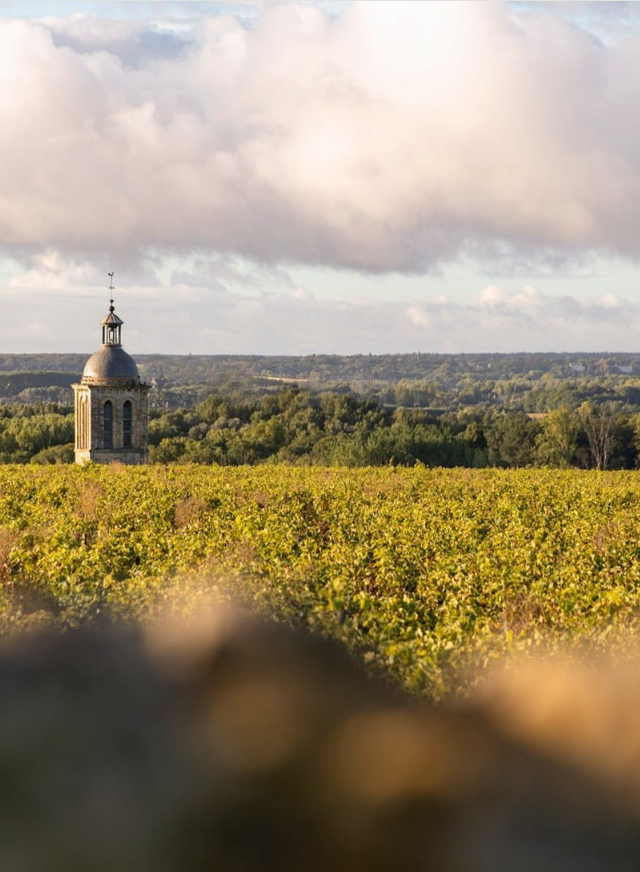
Exclusively crafted from Chenin Blanc, Vouvray wines can be made in a wide range of styles: dry, off-dry, sweet, and sparkling.
The climatic variations of each vintage play a decisive role in the winemaking process, influencing the level of ripeness achieved and therefore the style of wine produced.
Vouvray wines are often recognized for their aromas of apple, pear, and white flowers, carried by a refreshing acidity that perfectly balances their sweetness.
8. Sancerre
Wine styles: Dry White, Red, and Rosé
Grape varieties: Sauvignon blanc and pinot noir
Appellation aera: Hills of the Sancerrois, in the Centre-Loire
3 053 hectares
300 producers
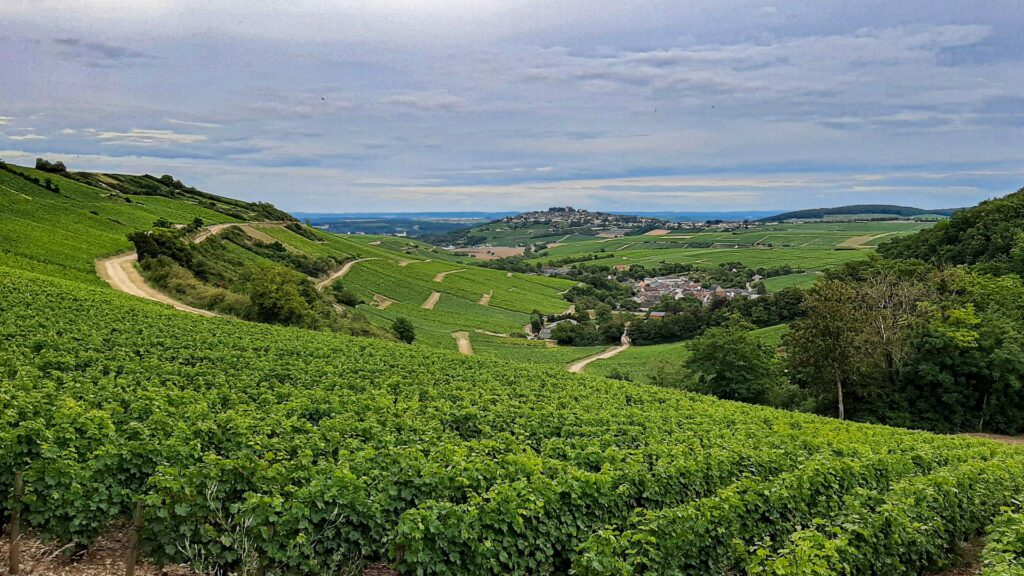
One of the Loire Valley’s most famous names, Sancerre is renowned worldwide for its exceptional wines.
The steep hillsides of the Sancerrois stretch across more than 3,000 hectares and benefit from a mosaic of microclimates. With varied exposures, the vines are sheltered from wind and rain, creating ideal conditions for viticulture.
The terroirs themselves are highly diverse, ranging from clay-limestone soils to chalk and clay-silica soils, each contributing unique nuances to the wines.
Sancerre rosés are more indulgent, combining flavors of red and white fruits with a fresh, fruity charm..
Sancerre whites, made from Sauvignon Blanc, are crisp and vibrant, with aromas of white fruits and citrus.
Sancerre reds, produced from Pinot Noir, are refined and delicate, offering notes of red and black fruits.
Ampelio recommends
The wines of Château de Thauvenay.
We supported the sale of this estate, and the new owners have successfully carried on the tradition of producing high-quality Sancerre wines.
9. Saint-Pourçain
Wine styles: White, Red, and Rosé
Grape varieties: Sacy, Saint-pierre-doré, chardonnay, sauvignon, gamay, pinot noir.
Appellation aera: Around Saint-Pourçain-sur-Sioule, in Auvergne
630 hectares
50 producers
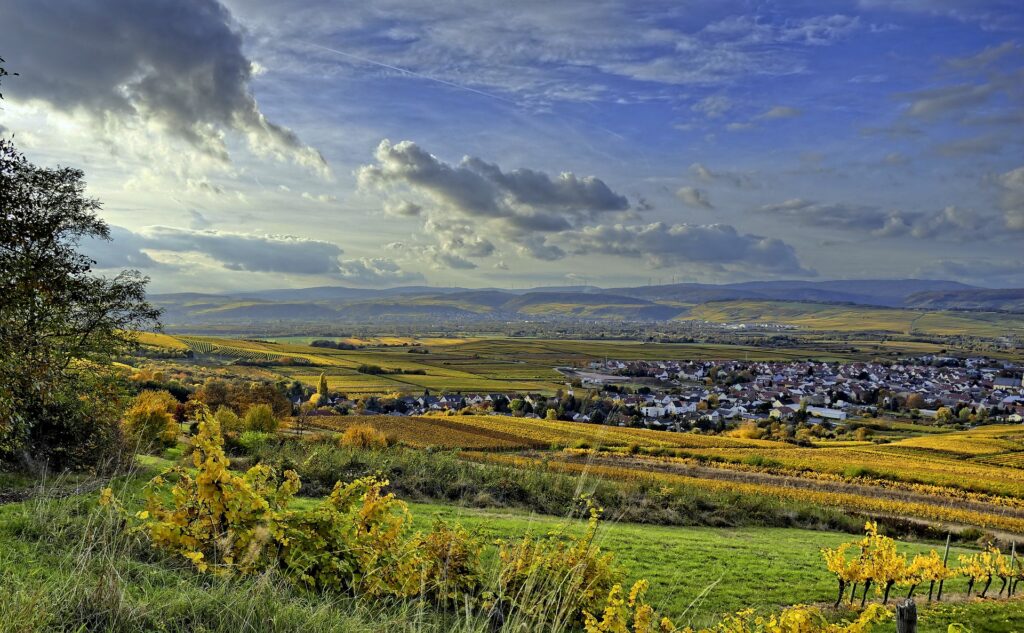
The Saint-Pourçain vineyard is among the oldest in Europe, yet today it is experiencing a remarkable revival.
Located in Auvergne, it benefits from three distinct soil types: sandy, granitic, and clay-limestone.
Despite its diversity of soils and grape varieties, Saint-Pourçain wines have a unique identity and unmistakable character.
- The red wines are light and fruity, perfect for easy drinking.
- The white wines stand out for their refreshing crispness, making them wonderfully versatile.
This appellation embodies both heritage and renewal, offering wines that reflect the authenticity of their terroir.
10. Crémant de Loire
Wine styles: Sparkling white and rosé
Grape varieties: Chardonnay, chenin, orbois, cabernet franc, cabernet sauvignon, grolleau, pineau d’aunis and pinot noir
Appellation aera: Anjou-Saumur and Touraine
3 150 hectares
600 producers
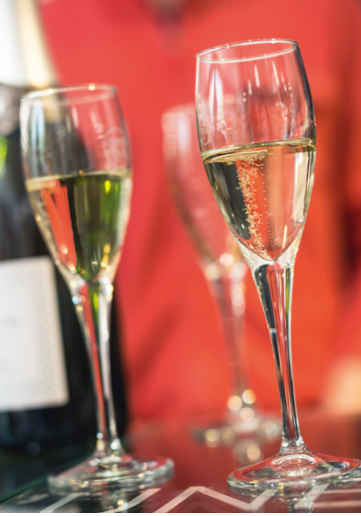
No selection of Loire Valley wines would be complete without mentioning its famous sparkling wine.
Crémant de Loire is cherished for its finesse and delicate bubbles, offering a rich aromatic palette ranging from fresh fruit to brioche. Perfect for celebrations or as an aperitif, it embodies the Loire’s festive spirit.
Although produced from a wide variety of grapes and across several regions, Crémant de Loire always carries the signature freshness of the Loire Valley, making it a timeless favorite.
Conclusion
The Loire Valley is defined by an incredible diversity of terroirs, each one shaping the unique character of the wines produced here. The variety of soils, climates, grape varieties, and appellations is a true treasure, reflected in every bottle from this remarkable region.
Loire Valley wines offer a broad spectrum of flavors, each appellation delivering its own unique experience. Whether you are a seasoned wine lover or a curious newcomer, exploring the wines of this region is an enriching journey of taste and discovery.
At Ampelio, our work is guided by strong human and professional values, deeply connected to the Loire region.
Learn more about Ampelio’s values and commitment to Loire Valley vineyards.
If you are planning to invest in a wine estate, our experts can help you understand what budget you need to buy a vineyard in France and make informed decisions.
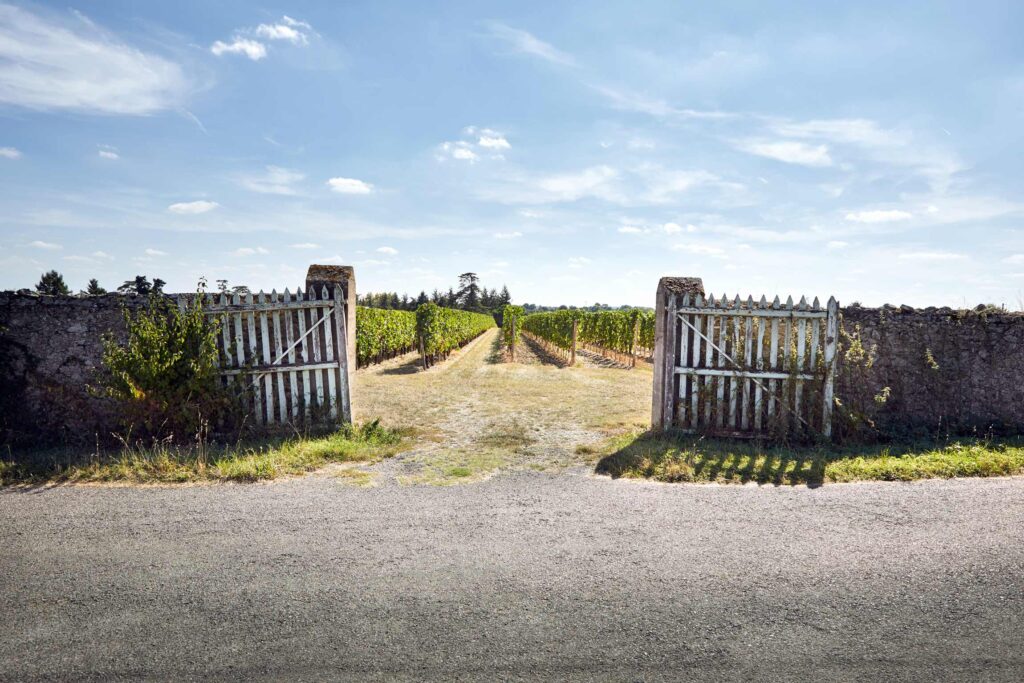
At Ampelio, our mission is to create the right match between a wine estate and its future owner. We place people at the very heart of our work.
In every transfer, our main concern is ensuring that the association is lasting, sustainable, and balanced — so that each party can thrive and find value in the project. The economic future of the wine estate is also a key element we take into account.
We actively support these transitions and dedicate all our expertise to serving each project.
Do you have a question about selling or buying a wine estate?
Our team will be delighted to discuss your project with you and answer all your questions.
Ampelio brings over 10 years of experience in supporting and advising on wine estate transactions in the Loire Valley.
